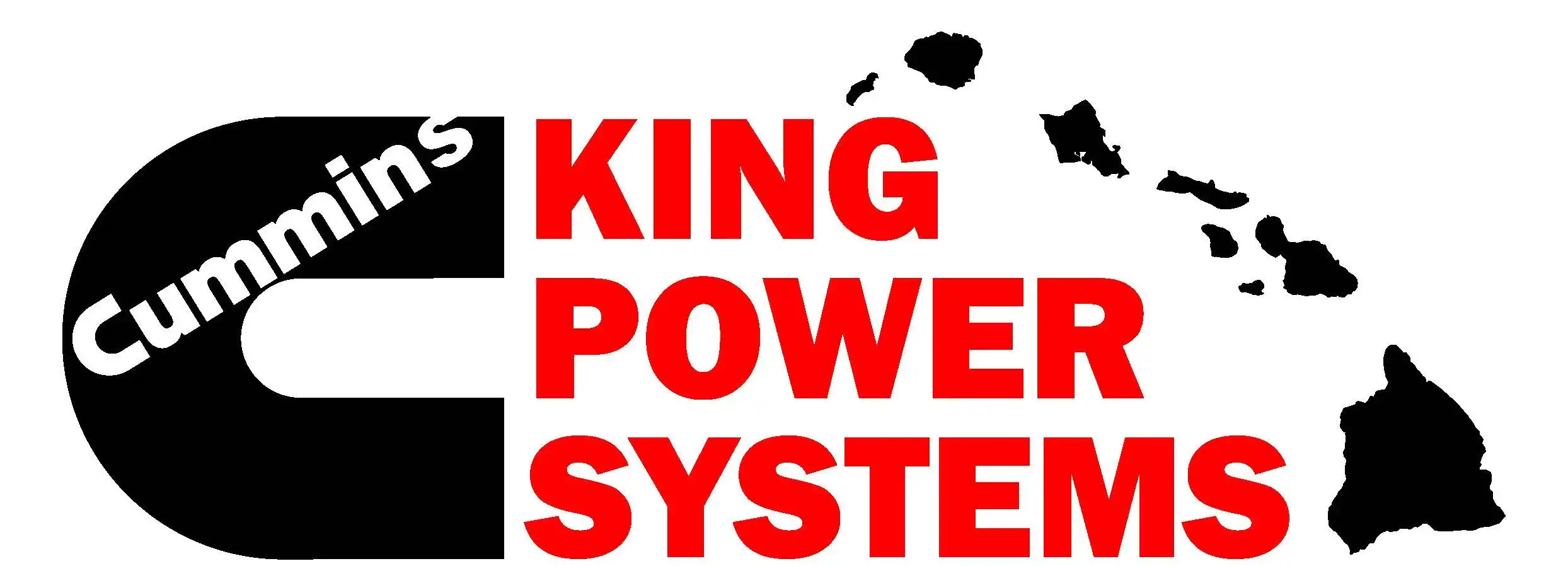Instream Flows Set for Traditional Kalo Farming in Maui and Kaua‘i Communities

The Hawai‘i Commission on Water Resource Management announced today it has adopted instream flow standards for Honokōhau, Honolua, and Kaluanui Streams in West Maui and for Wai‘oli Stream, in Halele‘a, North Kaua‘i.
The standards were set following the receipt of written and virtual testimony from cultural practitioners, lineal descendants, keiki and kupuna on the importance of stream flow to support their livelihood.
In April 2018, the Wai‘oli Valley Taro Hui suffered considerable damage to their ‘auwai when record-breaking rainfall fell on North Kaua‘i. As the taro farmers worked to repair their ‘auwai with legal and technical support from Ka Huli Ao Center for Excellence in Native Hawaiian Law, they also worked with Commission staff to ensure water from Wai‘oli Stream was being properly managed in consideration of instream and non-instream uses.
On Tuesday, the Commission approved a measurable instream flow standard of 4 million gallons per day which the state says, “is based upon the Native Hawaiian custom of keeping half of the stream’s flow remaining in the stream.” Commissioner Dr. Kamanamaikalani Beamer said, “This is a great example of us working alongside and with a community to help empower and resolve some long-standing issues.”
The Commission also considered instream flow standards for Honokōhau, Honolua, and Kaluanui Streams, the latter being a tributary of Honokōhau Stream, in West Maui. Prior Commission actions approved the abandonment of irrigation system diversions on Honolua and Kaluanui Streams by Maui Land and Pineapple Company, resulting in the Commission approving of natural streamflow conditions to serve as the instream flow standard.
For Honokōhau Stream, the Commission approved a two-phase approach which will establish a Phase One IIFS of 8.6 million gallons per day within 120 days, allowing MLP to make the necessary system improvements. The restored streamflow is expected to meet the existing needs of taro farmers in Honokōhau Valley, while also protecting aquatic life, recreation, and domestic uses on Honokōhau Stream.
The Commission also approved a water reservation by the Department of Hawaiian Home Lands for 2 million gallons from Honokōhau Stream. Upon implementation of DHHL’s Regional Plan, the Phase Two IIFS will be initiated and water from Honokōhau Stream will be mixed with R1 recycled wastewater to meet non-potable water demands for agriculture and communal areas in DHHL’s planned West Maui developments. The resulting IIFS would then vary based on half the available streamflow in Honokōhau Stream.
Following these decisions, Commission Chair Suzanne Case said, “We truly appreciate the efforts of community members, including private water users and other government agencies, in working collaboratively with our staff in seeking balanced solutions to sharing our limited water resources. Working closely with the Wai‘oli Valley Taro Hui resulted in a decision for Wai‘oli Stream that will maintain taro farming there for generations to come, while the West Maui decision represents a win-win solution for the protection of traditional Hawaiian practices and protection of instream uses in Honokōhau Valley while meeting the needs of MLP, DHHL, and the County of Maui.”










